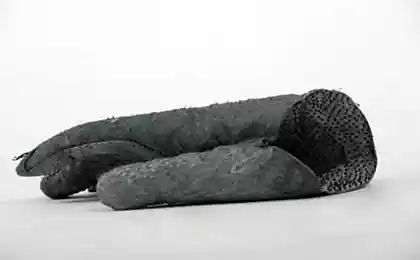158
6 types of protective gloves for various jobs

Every fourth occupational injury injures the palms and fingers, and we need effective means of protection. But along with the complexity of production, their culture is steadily growing - so that the usual tarpaulin mittens, "universally" used both for installation work and for garbage collection, are gradually giving way to modern, convenient, designed, each model, for specific activities, gloves - which increases the quality of the work itself.
For general production works are knitted protective gloves cotton, nylon with a coating of polyurethane and nitrile. Relief coating of latex gloves provides wet and dry grip on slippery surfaces, protection when working with glass.
Cotton-based gloves with full or partial coating of lightweight yellow nitrile rubber can be with a knitted or hard cuff (stick). The hands are well ventilated. The wear resistance of nitrile (used also in the manufacture of tires) is many times higher than that of tarpaulin gloves, it protects against oils, oil, solvents. Gloves can be washed and washed by hand and in the car.
Knitted gloves, coated with PVC have similar protective qualities, strength and ergonomics, oil resistant, in addition, frost resistant, insulated with acrylic lining with hair.
Spilk is a rough beef skin, very resistant to punctures, wear and tear when stretched. It protects well against high temperatures and small splashes of molten metal.
Hands in leather gloves are more sensitive than those in needles, although the strength is somewhat lower. Therefore, for general production, construction, installation, loading work, gloves are combined from multi-colored furniture or fitting leather with fabric, knitwear or needle.
The new material Taeki 5 (high polymerization fiber) provides the highest degree of protection from cuts, it makes perfectly hand-fitting knitted gloves with a polyurethane palm. They are used in installation work, in metalworking.
In addition, for various types of work, chemically resistant gloves with a thickness of 0.45 mm with internal cotton spraying are intended: nitrile grooved ones are 5 times stronger than rubber ones; household latex ones; made of a specially developed compound of neoprene with latex. There are also neoprene relief, 0.7 mm thick, cold-tolerant, and laboratory nitrile (unfried).
Source: www.newshouse.ru/page-id-5106.html





















